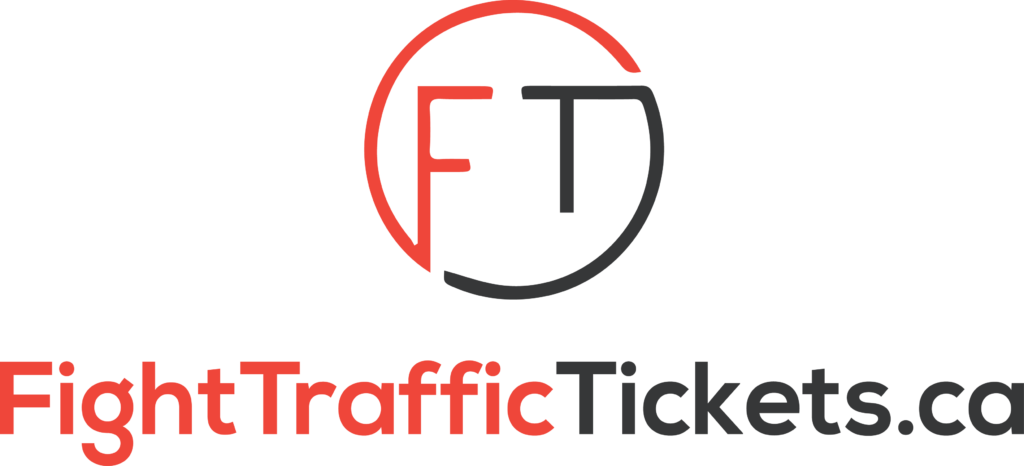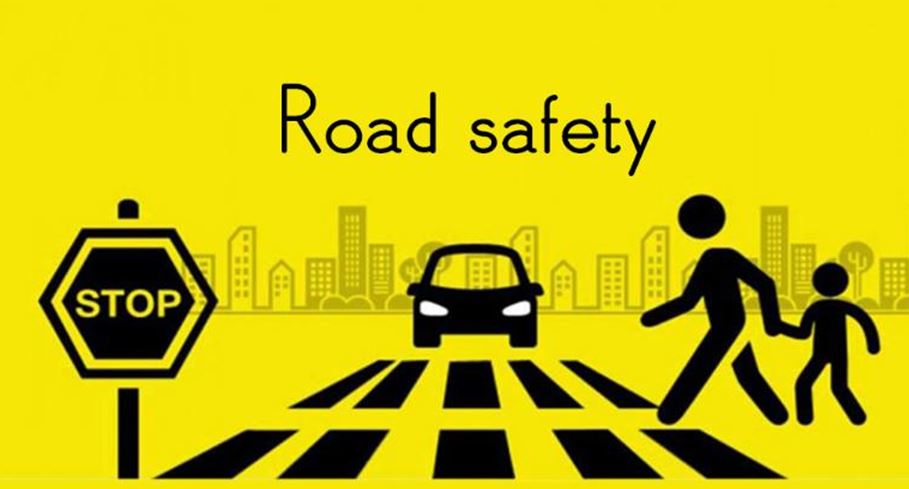Despite the fact that there are increasing numbers of injuries and deaths on the road, the speed limit reductions and traffic light regulations are not fully implemented in Toronto. Why is this, you might want to ask. Are the city councils doing enough to ensure safety on the road? How safe are our roads?
At a glance, it is easy to blame the councils and the bureaucracy for the apparent rise in road accidents. The speed limit is 50km/hr in most parts of the cities, there is hardly any new traffic lights installed, and traffic calming measures seem to be non-existent.
However, a closer look at the policies and the complex procedures shows that everything is not as easy as it looks on paper. It can take years to implement one traffic regulation as it has to undergo the safety plan that is approved by the councils.
Additionally, road safety measures such as the installation of pavement markings and signs in the road are data-driven. This means that the installation of the speed bumps can be done only after undergoing a 13 step process such as conducting a survey, public meeting, and so on. Installation of new traffic lights requires a certain amount of traffic flow to justify the installation.
On top of everything, the neighbourhood poll has a democratic standard that is much higher than government office standards.
So is road safety in Toronto all doom and gloom?
Well, there is no denying that the entire process is arduous. However, instances of councillors stepping in and overruling the report recommendations are not uncommon. Mayor John Tory and his council also endorse the Vision Zero plan, which aims to reduce road hazards and promote safety.
Along with their efforts, if the stern requirements can be slightly reduced, there is no reason for Toronto roads to be safe and accident-free.

